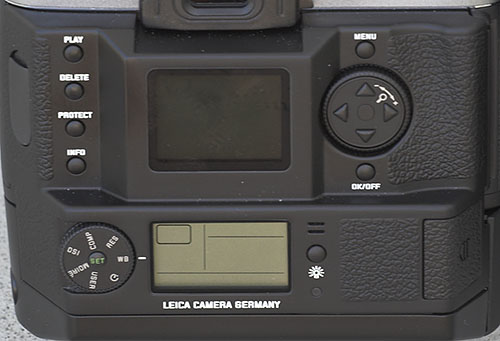It seems the time has come for someone [perhaps myself] to make a retrofit kit for any 35mm cameras.
A simple kit comprise of:
- A CCD/circuitry package that fit within the space occupied by the pressure plate;
- A battery that fit within the film cartridge chamber;
- A SD or mini- or micro-SD chamber that clips onto the take-up spool.
No LCD [set up the camera via an iPod, iPhone or PC], no new motor...use your thumb. Shoot only RAW at maximum resolution, no JPEG no reduced image size...no nothing. SD cards are cheap. No automatic anything, no idiotic million scene modes, no histogram and no chimping.




